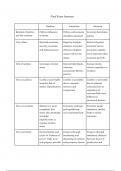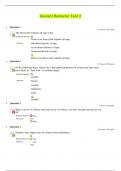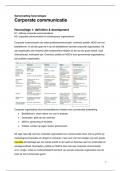Summary
Summary IR Readings and Lecture Notes for Final Exam
- Course
- Institution
My IR final exam study guide. Lectures covered: Lecture 11: Multi-level Politics of War Lecture 12: Multi-level Politics of Development Lecture 13: Multi-level Politics of Inequality Lecture 14: Multi-level Politics of Peackeeping Lecture 15: Multi-level Politics of Dictatorship and D...
[Show more]












